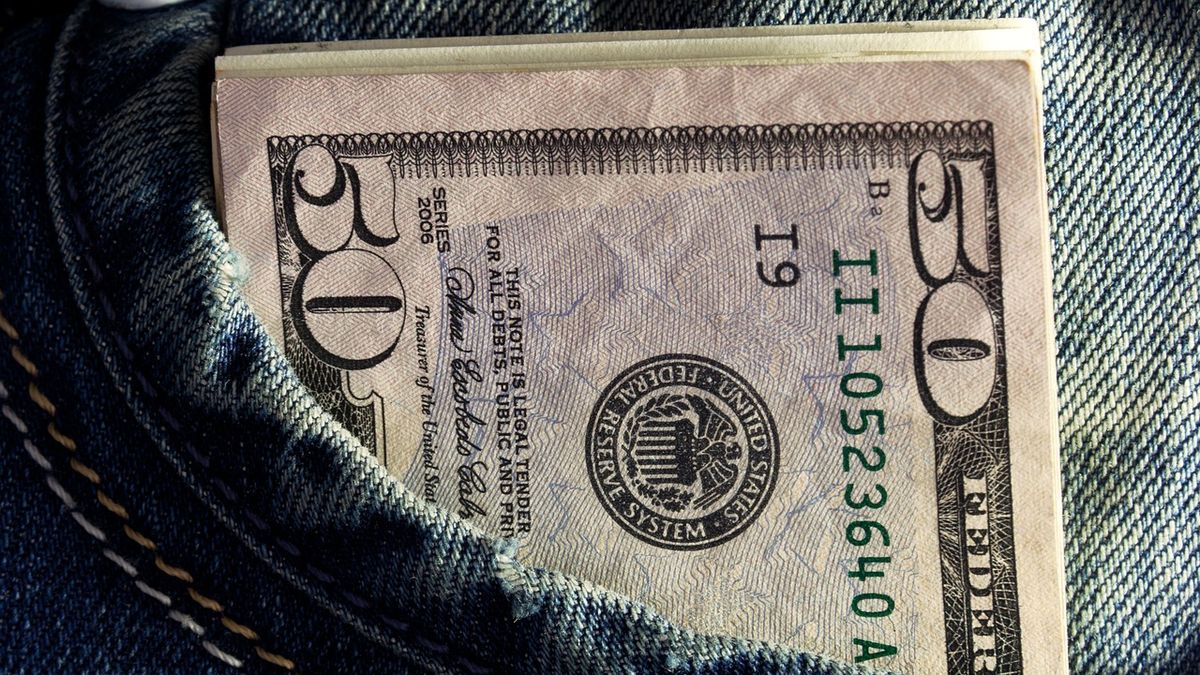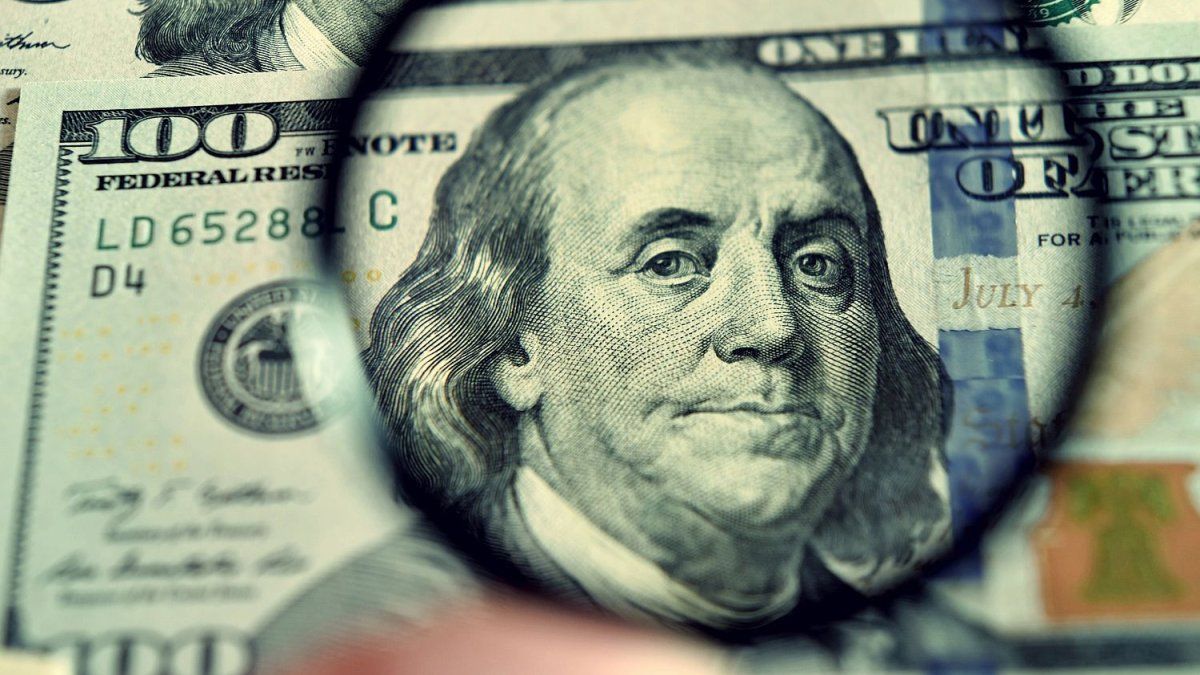He dollar in Uruguay closed the week with a downward variation after falling for the second consecutive day and accumulating just one increase in the last seven business days. At a global level, meanwhile, the currency hit five-month lows after the data for inflation of USA.
He dollar had a new decline at the end of the week, and fell 0.33% compared to Thursday, thus accumulating its second consecutive loss. According to the official quote of the Bank Central of Uruguay (BCU)the US currency stood at 39,234 pesos, almost completely losing the value recovered in the only positive day in the last seven days of exchange market activity.
In this way, and in line with the ups and downs that it has been presenting throughout December, the greenback also continues in tune with the international context. Likewise, it continues to move away from the 40 peso range and from market expectations that will probably update their projections in a few days, when the latest Economic Expectations Survey (EEE) of the BCU.
From “end to end” in the week, the drop was 0.39%, thus breaking a streak of two consecutive weeks of positive closings.
So far in December, although the dollar price variation still has a positive balance, this was reduced to 0.29%. While at an annual level, compared to the end of 2022, the decline is 2.09%.
The global dollar collapsed due to inflation data in the US
The forecasts prior to the publication of consumer spending data—which allow inflation to be inferred—in USA They already foresaw a cooling of the increase in prices and, therefore, a possible reaction of the dollar consequently.
The reason: lower inflation paves the way for the Federal Reserve (Fed) start the cycle cut in benchmark interest rates —which are at their all-time high— during the first quarter of 2024. So investors received the data as a new sign that, sooner rather than later, the yields of the US currency will be lower.
Thus, the lowering of price index of personal consumption expenditures (PCE) —2.6% in November compared to 2.9% in October—led to the dollar index will hit five-month lows: yesterday it closed at 101,360 units after falling 0.11%. And analysts consider that the fall could continue to deepen in the coming days.
“The market will see the data as reinforcing the recent tilt in Federal Reserve to a more expansive monetary policy“, said Stuart Cole chief economist of Equiti Capitalto the Reuters agency.
“This is the measure preferred by the Federal Reserve to measure the inflationary pressures, so if we take into account the fact that part of the effect of the hardening applied to date has not yet been felt, I believe that the Federal Open Market Committee might begin to privately consider that it has done its job to control inflation,” he added.
He dollar has been under selling pressure since the meeting of the Fed from last week, which led traders to forecast several rate cuts in 2024, starting in March; While central bank officials have rejected the idea of a quick rate cut next year.
Source: Ambito




